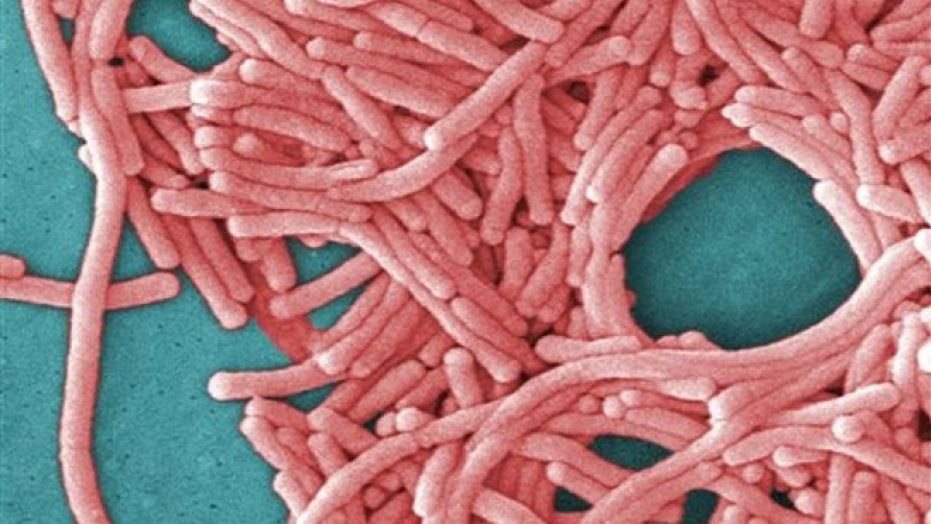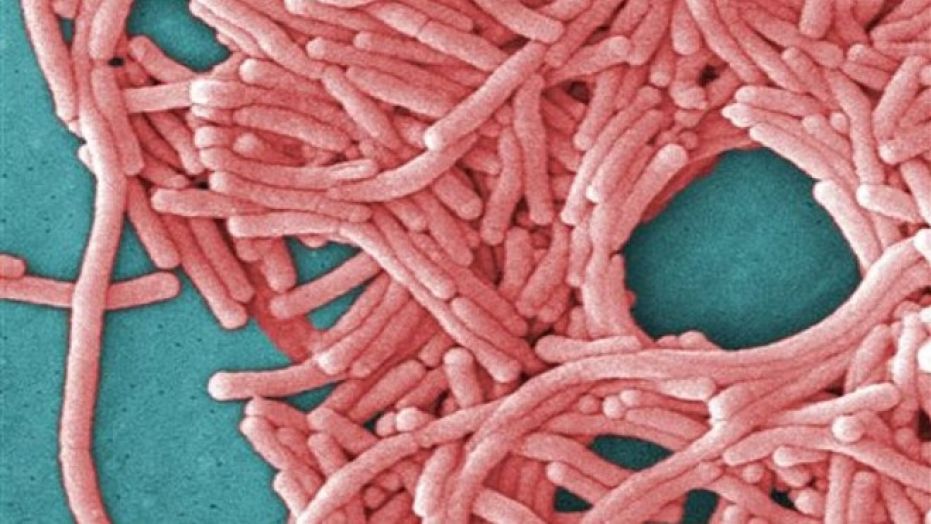
Despite sounding like a movie version of someone’s life story based on their biography, the biofilm to which we refer here is an altogether different beast. And rather than being the source of entertainment, can be the cornerstone of the polar opposite when discovered in certain contexts. The context which is important to us here and now is of course, legionella bacteria, which tends to thrive when biofilm is present in conventional water storage systems.
The big questions are, just what is it, how did it get there in the first place, what the impact of biofilm is in terms of human health and perhaps most crucial of all; just what we can do to alleviate the problem. Or better still, proactively ensure that we don’t afford biofilm the environment in which it can prosper in the first place.
What Is Biofilm?
Addressing the first question, as to identifying what biofilm is, in essence it comprises of a layer of microorganisms which basically come into direct contact with one another and form a bond then and there. This adhesion then evolves quickly, in the guise of a live community as such, and eventually form a protective layer, which encapsulates colonies of breeding bacterium within its construct. Certain environments and contexts in which you may have previously witnessed biofilms (which fundamentally evolve so as to protect the bacteria inside), include something as otherwise innocuous as plaque sticking to teeth; while the slimy coating observed on rocks in streams and rivers is another instance. More worrying however, are traces of bacteria and gunk which can form inside a pipe draining away from a sink.
And What Sort of Surface Areas Accommodates Biofilms?
For the most part biofilms tend to converge on hard, yet hospitable surfaces, where once they get a grip they’re difficult to shake. Effectively attaching themselves to a host of, well, hosts like barnacles to rusty, submerged vessels, in water systems biofilms have a habit of being attracted to a wide variety of surfaces elements. These include rocks, pipes, metalwork, skin and the substance of water itself, providing the right elements are present. There’s a good chance that biofilm could both manifest and grow within domestic water systems, as well as those on a more commercial scale if provisions aren’t in place to constantly monitor, identify and ultimately, ward off the dormant threat.
Are there any Surfaces which Biofilm Doesn’t Take a Particular Fancy to?
Yes, copper has a negative effect on biofilm and acts as a material repellent to a large extent, and is seen to be a far better first line of defence in the battle against biofilm (and therein, one of its more devastating by-products, legionella bacteria) than other synthetic materials. Typically many species of bacteria covert hydrocarbons in the form of nutrients, which are commonplace in less well-cured materials such as fibreglass resin, paints and coatings, gun applied sealants and EPDM rubber for example. These types of materials represent an ideal breeding ground for inter-species growth, and so as a direct result of bacterial density building, new bacteria compromise the water source, many of which will subsequently form fresh biofilm sites as part of the naturally-occurring redistribution process.
What Other Elements Are Conducive to Bacterial Biofilm Hosting?
As we’ve explained above, the biofilm-forming bacteria seeks a plentiful host to live on in the first place, however other boxes have to be ticked before these biofilms can potentially wreak havoc in a water system. History tells us that there are the three main components all of which need to present for a biofilm to take hold, and these trace elements are;
- Moisture – Damp conditions prove highly desirable to bacteria, which in turn affords them the platform to grow and multiply
- Bacteria – Meaning the actual microorganisms themselves, be it a single species of indeed, several in the one place; largely depending on immediate surrounds
- A surface – As noted above, a physical surface area on which the bacteria can lock on to
Can You Tell us More about Biofilm in Regards to Legionella?
Looking specifically at Legionella bacteria, this can live and prosper both on surface elements of a water storage system, inside pipework that serves it or even on the surface of the water itself, for that matter. It’s at this juncture, of course, when and where vulnerable individuals may come into contact with the bacteria via a conventional water outlet, and consequently fall ill. In a sentence, a mass of biofilm has the capacity to expand in situ and as it does it will slough off layers of material; material which will then harvest a significant bacterial contingent that circumnavigates a water system until such time/place as it settles in a crevice or washes out of an outlet (such as a mist/spray-creating showerhead or tap).
Pseudomonas are recognised as being able to form biofilm in an extremely short space of time, courtesy of the micro-porous and tacky nature of its compound being easy for other planktonic bacteria to attach and colonise the biofilm matrix. If you look at it one way, this biofilm is akin to an open sponge-like material at its microscopic level, which systematically attracts and absorbs nutrients, while actively encouraging bacterial mobility.
How Do We Tackle Biofilm Risks, Or Moreover, Prevent It from Taking Root in Water Systems from the Get-go?
Understandably – on reading the above – being proactive, as opposed to being reactive, is the key to minimising the threat of biofilm. It’s no good simply thinking that biofilm will go away of its own accord, because it won’t; ever. So therefore prevention is paramount. And that requires everything from maintaining good water hygiene (ensuring safe water temperatures) and removing any dead ends, to the routine cleaning of water storage tanks and thereafter instigating a good turnover of water to flush systems out. What’s more, a residual presence of chlorine in the mains water is also strongly recommended by water treatment experts, who will likely perform processes which utilise silver hydrogen peroxide and chlorine dioxide, after which they’ll work with clients to prevent recurrence.







